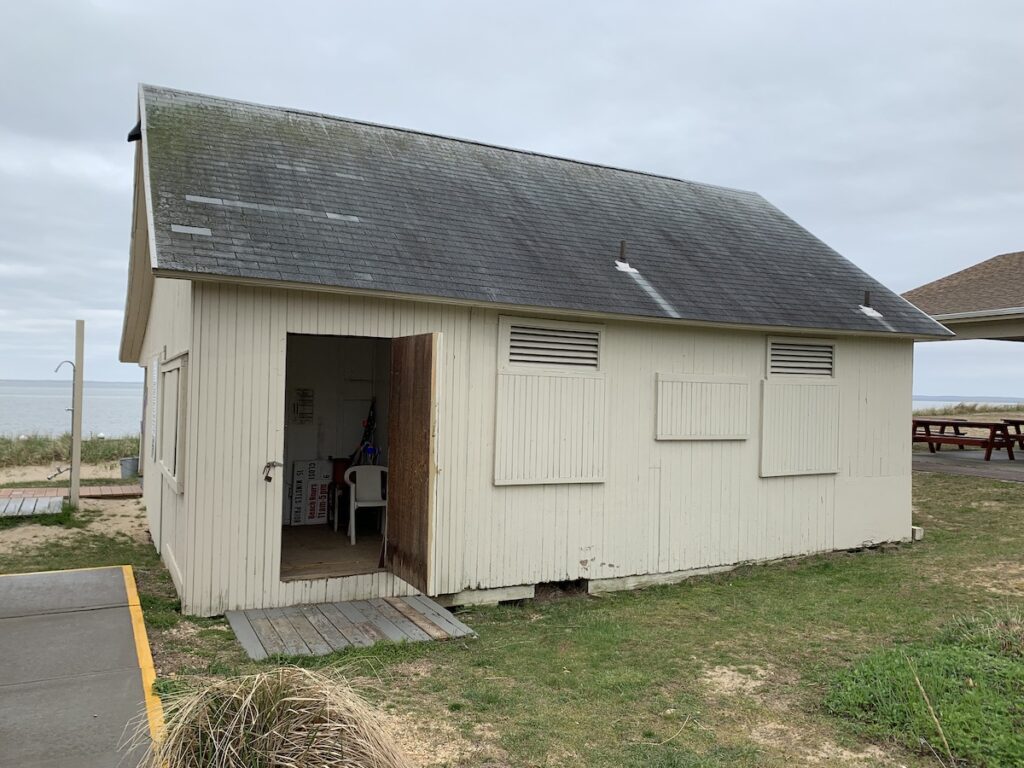Column: Rising seas, storms present growing challenge for Trustees

Here’s a story about what the rising water level in our bays has managed to do in just the past few years.
“There is a guy on Jockey Creek in Southold,” said Mike Domino, president of the Southold Town Trustees. “He has a boat he purchased from Southold Marina about 20 years ago. He has it serviced there. To get to it, he has to go under the bridge on the creek to reach the marina.
“The last two years, to get under the bridge he had to take off all the equipment on top of the cabin,” Mr. Domino continued. “And this year he had to wait for a super-low tide to get there. He waited a month and a half to get his boat out, under the bridge and serviced. With the rising water levels, he is now on the wrong side of the bridge.
“He came to the Trustees because he needed a permit for his dock. It was a fixed dock he had had for 40 years, but it’s now under water with each high tide, where it never was before. We granted him a permit to raise it,” Mr. Domino added.
This is just one of many examples now coming to the attention of the town’s five Trustees. Each year, particularly in the fall storm season, their work increases dramatically. And this year is no exception. They are on the leading edge of dramatic environmental change that will impact thousands of property owners in the coming years. And it’s only the beginning.
In the four weeks from mid-October to mid-November, two storms that barely made an impression townwide did immense damage to a 1,000-foot section of Long Island Sound shoreline in East Marion. Trustee John Bredemeyer, who lives in Orient, surveyed the damage after the property owners requested emergency permits to repair the damage as quickly as possible.
His assessment: The storm dug at least eight to 12 feet into the slope at beach level, collapsing the vegetated slope above the beach, all the way to the top of the property. It’s estimated that 4,000 cubic yards of sand will be needed to replace what was lost — and that’s before any more storms hit and even more damage occurs. At one cubic yard per bag — made of plastic, another environmental concern — it will take 4,000 bags to fill in that 1,000 feet of beachfront.
“I surveyed the entire beach and my number for emergency permits is 17,” Mr. Bredemeyer said. “We will need the beach access ramp for trucks to bring in sand, but that was heavily damaged. Essentially, the bottom washed out of it. In places, the storm caused failure of the bluff itself. It has fallen in on itself from top to bottom.
“That is the number we have so far,” he added. “But it is entirely possible we will get other calls for emergency permits from other properties where the owners have not yet seen the damage. But time is of the essence. Additional storms will only make it worse.”
Anecdotally, Orient residents say Orient Harbor’s high tide is at least four inches above what it was just a decade ago. In Dam Pond, on the north side of the Orient causeway, it is believed high tides are about six to 10 inches higher. For storms that are not largely wind driven, water can reach the roadway itself. Nowadays, a so-called normal storm is anything but normal.
“This is not from rainfall,” Mr. Bredemeyer said. “This is sea level rise. This is melt-off” from distant glaciers in places like Greenland.
“The point I want to emphasize,” Mr. Domino said, “is that for these property owners this is a catastrophe. Others in town don’t know it, but the next storm could come at a different angle and impact a different part of town. It’s not like a superstorm that impacts the entire region. The newer pattern is small; more focused storms hitting one area.
“We want to help people to protect their properties,” he added. “It’s a lot of work, essentially full time for the Trustees. We have a real situation going on here. When we did the aftermath of Superstorm Sandy [in October 2012] we did something like 500 emergency permits in just a couple of weeks. We are doing that now, in smaller batches.
“The five of us pull together and we get it done. But it will be more and more work each year,” Mr. Domino said. “If it continues like this, we will have to find a different way to respond. What that is, I don’t know. We will need another plan. We are frustrated. This is not a problem of our causing, and we’d like to solve it. But we are just treating the symptoms, not the disease.”
In January, newly elected Town Board member Sarah Nappa will be sworn in and, in some ways, the board will begin to work in a different way. Yes, issues like affordable housing will be addressed, along with a host of others.
But those don’t compare to the problems the Trustees and the Town Board will have to confront as rising sea levels fundamentally change the geography of the North Fork. Look at a map: The North Fork resembles a bony, arthritic finger sticking out into the ocean, at places so narrow only a two-lane road separates bodies of water. The future has arrived. How to respond is the critical issue.








